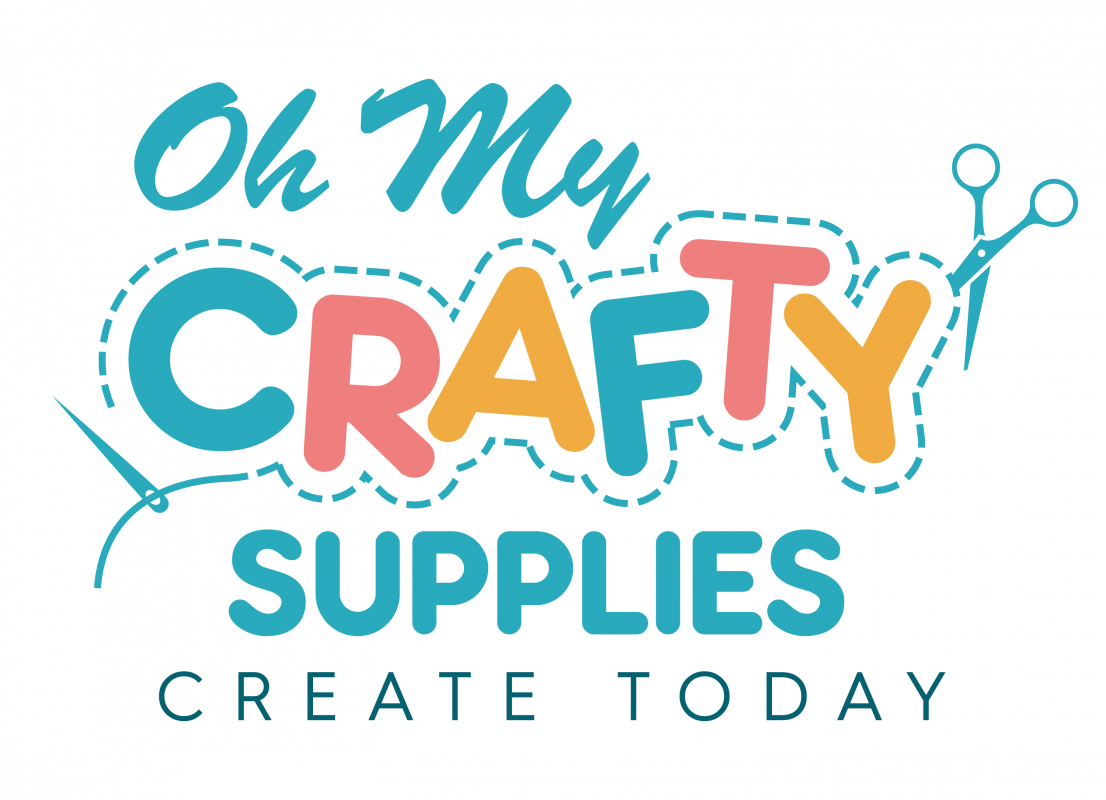To help you judge your own design tests, following is a check list of many common issues and their solutions:
- Gaps between elements; outline does not meet up with the inside stitches:
Outlines usually stitch exactly where they are supposed to, but the inside stitches are pulling inward, resulting in a gap. The inside stitches need a strong foundation to keep them in place. Increase layers, type or weight of stabilizer; a reliable combination is an adhesive backing along with a sheet of poly-mesh cut-away. If editing is possible, add underlay and use pull compensation to extend sides where stitches pull inward.
- Columns of satin stitches appear too narrow:
Increase layers or strength of stabilizer; if editing is possible, increase column width to compensate for the pull of stitches. Also, make sure top and bobbin tensions are not too tight.
- Underlay stitches are popping outside of the columns:
This can be caused by various reasons, including loose top tension or the stitch length might be a little too long or the satin stitches are sewing too narrow. A stronger foundation can help eliminate the problem; if you have used one sheet of tear-away, try two sheets, or change to a heavier weight of tear-away or a stronger type of stabilizer like a cut-away. An adhesive type of stabilizer along with a sheet of non-adhesive works well, and if the fabric requires, a water soluble topping might be necessary. If editing is possible, decrease stitch length of underlay and increase column width of satin stitches.
- See-thru coverage of stitches:
Density is too light; use a heavier/thicker thread weight. If you are using a 40 WT switch to a 30 WT (the higher the number, the thinner the thread). Decreasing the size of the entire design will increase the density so that may also be an option. Or try laying down a piece of fabric or stabilizer over the affected area of a color close to the thread color prior to that section sewing; stop the machine, trim up to the appliquéd area, and then start the machine again.
- Hard, heavy coverage of stitches:
Density is too thick; switch to a lighter/thinner thread weight.The design can also be increased in size without globally increasing the stitch count.
- Fabric puckering and buckling around the outside of the design:
The density is too thick and/or the stitch length is too short for the fabric type. Try increasing the size of the design 10-15%. An adhesive type of stabilizer for backing will also create a strong foundation that will help eliminate much of the stress on the surrounding fabric; use when stitching on knits along with a sheet of poly-mesh cut-away for best results.
- Thread is bunching up into a knotted mass below the hooped item:
This problem is commonly referred to as a “bird’s nest” or “birdnesting” and it is most often caused by the thread traveling in the wrong path; check that the machine is threaded correctly. It is also sometimes due to a damaged or dull needle; change the needle. And occasionally birdnesting can be caused by low humidity, because thread needs moisture; raise the room humidity up to at least 25-30% by running a humidifier or vaporizer.
- The top stitches are looping and loose:
The needle is damaged, dull or the wrong size for the job; change the needle. Also check top and bobbin tension and be sure that the bobbin is not empty and that it’s set into the machine correctly.
- Bobbin thread is pulling through and showing at each side of top stitches:
Clean the bobbin area. A build-up of lint in the bobbin case or other areas of the thread path will cause inconsistent tension. Also check that top tension is not too tight and bottom tension is not too loose by examining the backside of embroidery. In general, the best tension will show about a third of bobbin coverage at the center of a column with an equal amount of top stitches at each side.
- Top thread is stitching columns much too narrow, pulling very tight stitches of bobbin to the top:
The top tension is too tight. Check the top thread to be sure the machine is threaded correctly and make sure all areas of the thread path are lint free.
- The tiny lettering isn’t legible and other small details aren’t clear:
Switch that particular color to a 50 WT or 60 WT thread and use a smaller size needle. The thinner thread weight with a smaller needle will allow for more clarity and present fewer possibilities of thread breaks when stitching tiny details.
- Tiny holes are occurring in the fabric near the stitches:
Sometimes this happens when density is too thick in compact areas, such as around curves or corners; increase the design size slightly or switch to a lighter weight thread. As well, cuts in fabric occur when a sharp point needle is used on knits or other vulnerable fabric; switch to a ball point.
- The fabric bounces up and down with the needle when stitching; threads and needles break:
This problem is referred to as “flagging” and is most often due to a bent needle; change the needle. It can also be caused by poor hooping; fabric should be taut like a drum skin, not too tight and not too loose.
- Small pressed wrinkles on fabric where it was hooped:
This occurs if you put the smooth end of the ring in and then tilt and push in the screw opening and the hoop is too tight. The hoop “bites” the fabric. Try placing the screw adjusting area first and easing the hoop into the top with a firm, not extreme fit.
- A ring of compressed fibers occurs on the garment where it was hooped:
Spray with a bit of Magic Sizing and wipe with a clean cloth or brush with a soft bristle brush. If you have many items to stitch on the same type of fabric, take preventative steps by first wrapping the hoop rings with athletic tape if you have numerous items to stitch of the same design. Or if the job is for only one or two items, hoop a sheet of tear-away on top of the hooped item, then cut or rip out the center where it will be embroidered, leaving the fabric protected by the tear-away where it’s sandwiched between the hoop rings. You can also eliminate this issue by hooping only the backing that has been sprayed with an adhesive and then lay the item on the sprayed backing and over the outside of the hoop, and use a few pins to secure the fabric at the inside edge of the hoop. A magnetic closing hoop also works well to avoid hoop marks.
- Thread keeps fraying and breaking:
Check for a damaged needle and make sure the machine is clean of lint and threaded correctly. If the problem continues, change to a different spool; thread left in the sun or stored improperly in a dry environment will become brittle. Also, slow down the machine when necessary, such as for stitching small lettering and other tiny elements, or when using metallic threads.
- Stitches show in the software but the machine doesn’t sew them:
The area where the machine is omitting stitches is likely a satin stitch column that was digitized much too wide for various models of home machines; decrease the size of the design slightly to create a thinner column or if editing is possible, change the satin stitch column to a random fill stitch.
- The colors that the machine says to use are wonky:
Most commercial digitizing systems do not save a color palette in the design data; they only save the color stop commands. So, when the design is converted to different machine formats, true thread colors for each machine model are not included. Even though some digitizing programs have started to include more accurate “colorways” for different formats there are oodles of beautiful quality designs available that were digitized during a time when saving the appropriate colorways was not an option on any software. Adjust the colors in your software, and then save the design. Your software will retain the colors you have chosen so when you read the newly saved file back into your software or your machine, your preferred colors will be displayed.If you don’t have software that allows adjusting colors, refer to the color chart text file that accompanies each design for the appropriate color sequence. For a multi-needle machine, set the appropriate needle for the color number; or for a single needle machine, line up the cones of thread on your work table in the correct sequence to help you know which color to choose next when the machine stops for a color change.
- The design file is not recognized by software and/or machine:
The design may be too large for the machine’s sewing field limit or the design might not be centered properly, or the format isn’t saved in a compatible version for your machine. First, be sure that the design will fit within your machine’s sewing field limitation and be sure that the design is centered.If both check okay, the file likely needs to be converted to your machine format again in order to create an understandable version for your software and/or machine.
- The embroidery on the final garment has too many mistakes and looks terrible:
You might choose to simply toss the item, but I recommend saving it to use for future test sewing. If the item is irreplaceable, keep in mind stitches can be removed. On the backside of the embroidery, using a small sewing scissors that fit comfortably in your hand, very carefully snip the majority of bobbin thread, and then on the top side, brush away the stitches with your hand or soft bristle brush. To remove knots that remain behind, poke a pin through the knot to loosen and lift away from the backing, and then snip. All snipping should be done on the backside next to the stabilizer to avoid damage to the fabric. If the stitching is intense, you might consider shaving the stitches away. Some embroiderers have reported using a disposable razor to cut away the bobbin thread and there are also gadgets like Peggy’s Stitch Eraser that work quite well.

